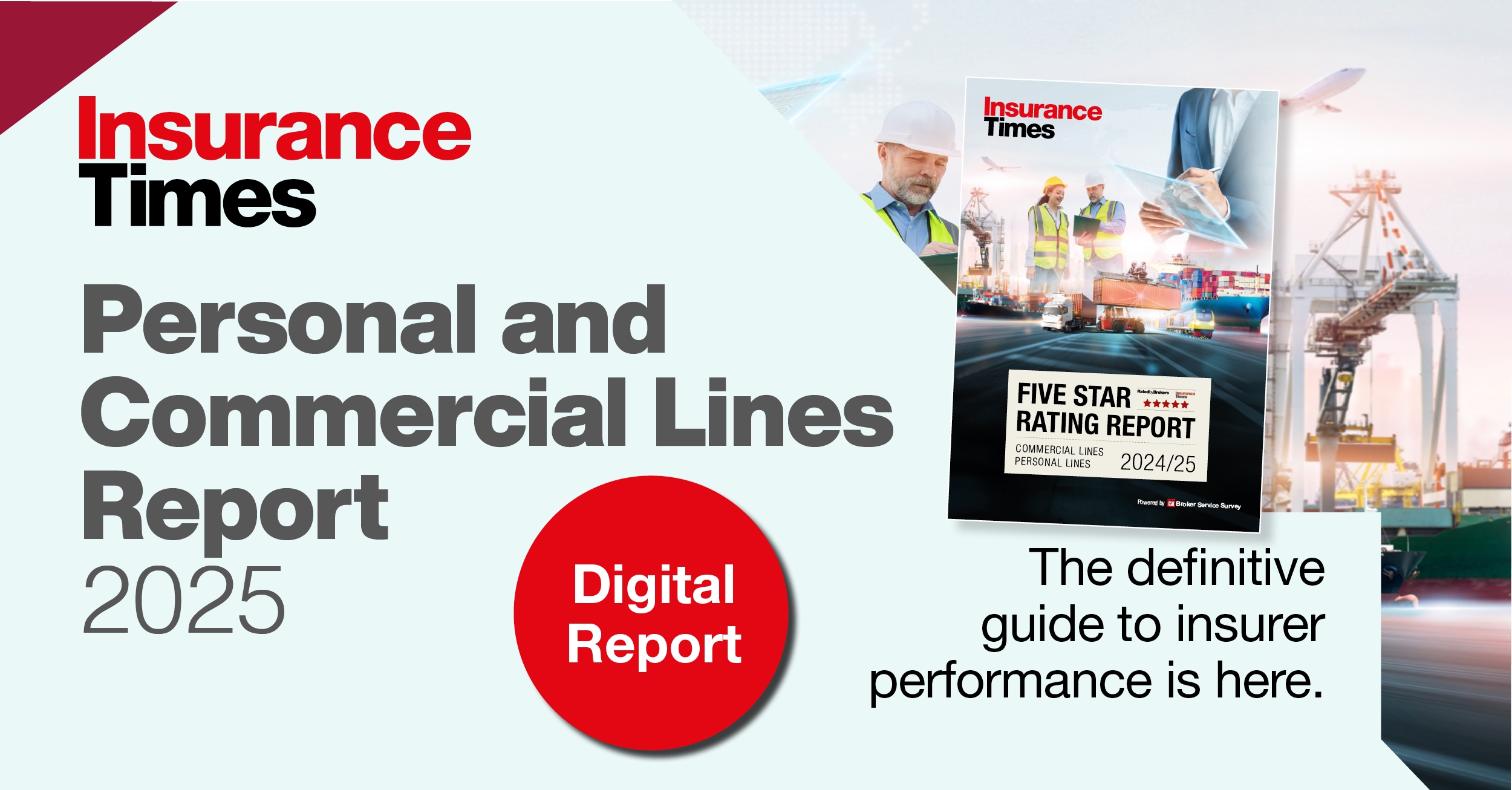Sponsored content: Jim Loughran, chief executive at E2E Total Loss Claims Management, discusses the advantages of digitalisation in the total loss claims sector
The understandable desire by insurers to save money and increase income receipts from the total loss and salvage supply markets is both entirely understandable and laudable. It should never be the case that claims departments overpay their suppliers or receive less than is their due.

However, it could be that the days of relatively small incremental gains are coming to an end and new methods of seeking mutual benefit will need to be explored.
Traditional supply chain management techniques will use the procurement process and subsequent pseudo-partnership arrangements to seek out better deals – commonly known as ‘sharpening the pencil’.
But, in an age of AI, regulatory demands, new styles of claims notification, customer experience and the technical design of motor vehicles, we should all be questioning whether traditional methods of collaboration between insurers and their suppliers is the best way of achieving the desired outcomes.
The power of data
Instead, it is the power of data analytics and the subsequent commitment to mutual transparency that will lead to the major gains of the future.
Insurers will achieve more, and a better return on their supply chain investment, while technology-led suppliers themselves will become more profitable.
A simple example is the new profit-modelling analytics we are building at E2E.
Using this gives us new insights into how our national network of members can improve their own performance and these improvements can be used to arrange better terms for our clients.
Of course, this requires that we be prepared to share any in-house gains with our clients and, as the saying goes, the ‘proof of the pudding is in the eating’.
But that is only the start.
The next level of analytics will enable us not only to understand more and more about current performance, but also to confidently predict elements of the future. For example, we are looking very closely at future trends in pre accident values, second hand car proceeds, auction proceeds, total loss categorisations and repair costs and how these all interrelate.
We are also hoping that soon we will also be able to feed this information into underwriters who will be able to use our insights to aid their pricing decisions.
Joint development planning
Perhaps the final element of this ever-evolving picture is the transparency and information-sharing propensities of insurers and their appointed claims management agents.
As suppliers, we can only ever know half of the full picture. The balance lies in the hands of clients and prospects who, we are sure, want us to deliver the maximum benefits.
That demands a level of collaboration that is rare and, in truth, difficult to achieve. For insurers to share sensitive commercial information runs contrary to their inbuilt risk aversion but, paradoxically, it is that aversion which actually increases risk.
Claims departments caught out by recent bouts of claims super-inflation need to access every source of credible information available to them and the forward-looking companies in our sector can play a valuable role in building that jigsaw.
The ’digital age’ has been a fact of life for decades and yet the willingness and ability of insurers and suppliers to fully leverage the opportunities available to all the parties involved is slow and ponderous. The steam train has barely left the station.
Change is upon us and we should all be more adept and collaborative in joint working methods between carriers and suppliers.













































